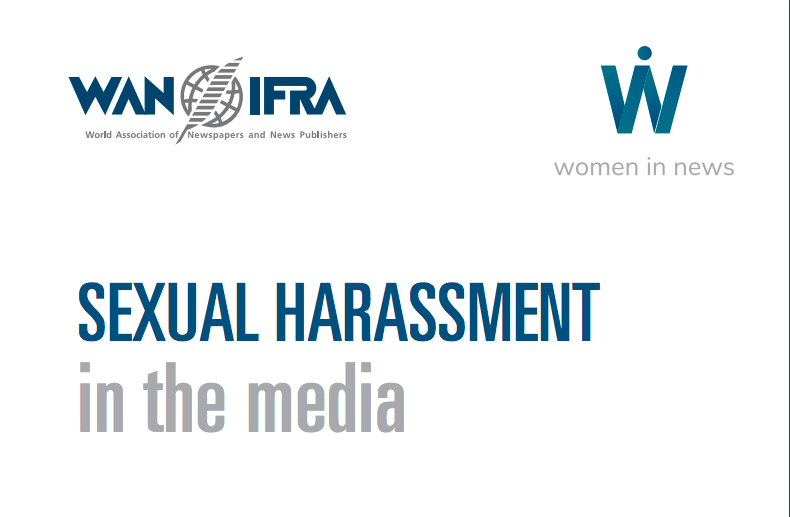To manage and reduce sexual harassment, clear rules and procedures are needed. Here are some guidelines:
- Take all complaints seriously
Consider all sexual harassment complaints seriously and deal with them as soon as possible. - Adopt complaints procedures
Give employees the options of filing official and non-official complaints. The steps and results of these two methods can vary, as do the procedures for each. - Allow anonymous reporting
In fighting harassment, it is useful to allow people to report cases anonymously. This gives employees the ability to expose such cases without having to reveal their own identity. But to perform a proper investigation, the organisation would need to know the identities of all involved parties. - Assign an investigation team
Clearly assign a person or a team to investigate and deal with sexual harassment cases. This person should preferably be from the HR department and have knowledge of guiding laws. It is imperative that they receive specialised training for conducting investigations.
- Hire experts when needed
In some cases, it may be necessary to seek external help from someone experienced in managing investigations with objectivity, fairness and integrity. - Alert authorities in some cases
If the case under investigation contains sexual assault (including rape), the authorities must be notified in accordance with law, and the survivor may need immediate medical attention. The organisation needs to cooperate fully with any official investigation by the police, and may require legal assistance or consultation. - Consider temporary suspension
In grave cases of sexual harassment, including physical assault, it may be necessary to suspend the employee accused of harassment until the investigations (internal or external) are done. Temporary suspension is considered a procedural measure, and not a disciplinary one. - Clarify procedures to all
Policies to counter sexual harassment inside the organisation should include clear procedures on how the received complaints are dealt with. This is very important for both managers and employees to avoid any ambiguity about the essence of these procedures. It is always preferable to adapt a step-by-step detailed approach for even higher clarity.
The principle of Confidentiality:
In addition to the points mentioned above, a very central and important aspect of managing sexual harassment is guaranteeing confidentiality. This principle is considered a moral standard as well as a legal commitment and a part of professional ethics. Confidentiality aims to protect all individuals involved in sexual harassment complaints as well as the information that they disclose; only the personnel assigned by the organisation to investigate and manage should be allowed to access this information.
Confidentiality protects all people involved, including the person who experienced harassment, the person accused of harassment, witnesses and any other involved party. This principle also acts as a motivation to report harassment cases by building trust. And in order to maintain confidentiality, an organisation must make sure that its data storage systems are safe and that the laws related to information and data protection in the country are followed.
*For more information, you can read Women in News’ “Sexual Harassment in Media” guide on this link.








